How To: Shooting Expired Film
by Ludwig Hagelstein
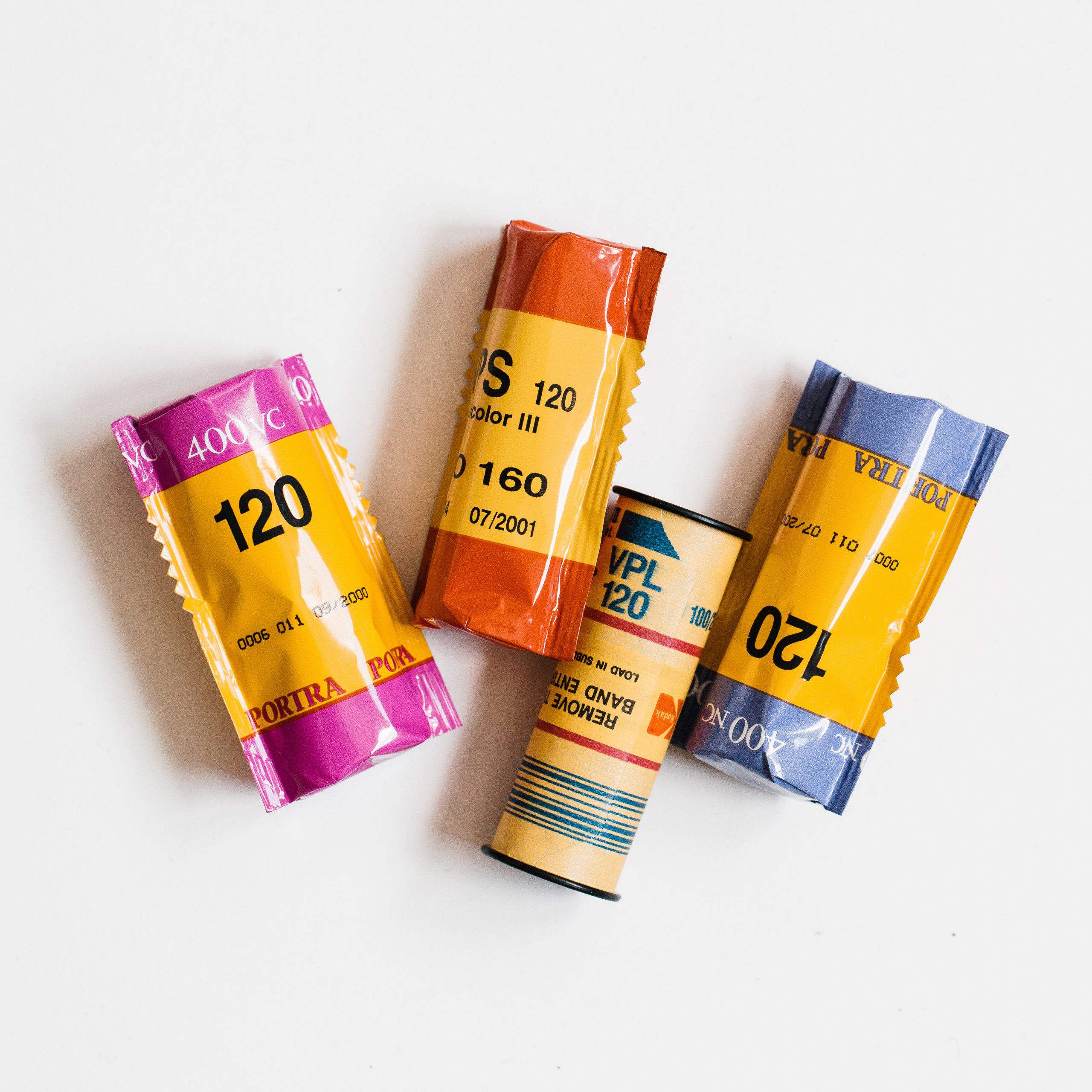
Getting Started
While some photographers would not shoot expired, perhaps even badly stored decades old film in their wildest dreams, others indulge in exactly that. Shooting expired film can be an interesting option for those willing to risk both image quality and consistency; but it can be incredibly rewarding as well. The worst case scenario, however, is that by reasons beyond anyone’s control you’ll end up without an image altogether. To prevent this as effectively as possible, here are a few field-tested and proven tips and tricks for shooting expired film:
One sentence that can be heard or read in almost any discussion about expired film is “overexpose one stop per decade of expiration”. Frankly put, this statement is wrong! Especially among younger photographers this phrase has burnt itself into many minds though, often enough aggravated by a notion of generally overexposing film for the look of it.
“One stop of overexposure per decade of expiration” is wrong as a rule of thumb for all films!
It is true that moderately overexposing color negative film can yield denser shadows and slightly more saturated colors along with finer grain; severely overexposing as a standard procedure though might lead to frustration quickly. There’s nothing against it in certain conditions, but doing it dogmatically is not advisable because in the end, it is more limiting than beneficial.
Knowledge is Key
Before starting out with shooting – or buying or otherwise acquiring – old and expired film it is critically important to know about the different film types and different and perhaps defunct photographic processes necessary to produce an image. Generally, today, four distinct film types and three common development processes for these films are available: Color negative film as well as chromogenic black and white film like Ilford XP-2, processed in a standardized process with the designation C-41; color reversal (slide) film developed in a standardized process with the designation E-6; and black and white films that can be developed in a plethora of developers without a standardized process. While this basic knowledge seems unspectacular at the very best, the devil is in the details.
Especially older films, most dated pre-1997, might require other and perhaps impossibly to run processes. A prominent, and somewhat obvious example for this phenomenon is the Kodak Kodachrome family of color reversal films requiring a hyper complicated process designated K-14. While you can develop Kodachrome films as black and white negatives, the results are unpredictable and often disappointing. Although some individuals online claim to have recreated a DIY, at home, K-14 substitute no one so far has been able to consistently and accurately process Kodachrome slides since the process went obsolete in 2007 and was finally discontinued in 2010.
Other difficult and almost impossible historic processes are C-22, the predecessor of C-41, which was discontinued in 1973, and other non E-6 Ektachrome processes like E-2 and E-4. Especially when seeking to buy the extremely sought after remains of Kodak EIR color infrared Ektachrome film, make sure to buy only post 1997 film, because otherwise you will not be able to develop it, since pre-1997 EIR requires the defunct E-4 process. Unfortunately, a cross- processing in E-6 is most likely to ruin the film for various process incompatibilities. The same principle applies for C-22 color negative film.
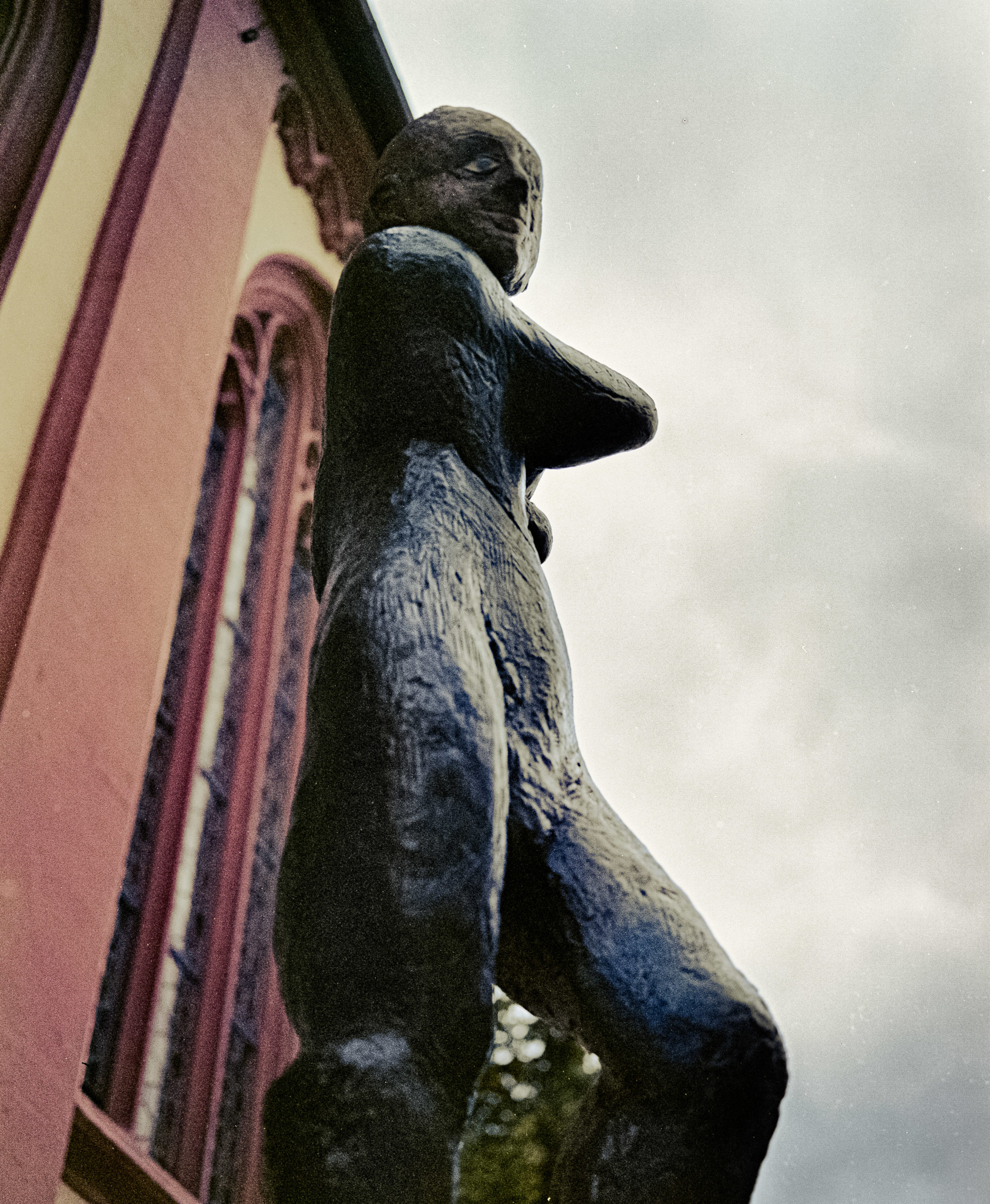
120 Kodak Vericolor II L, expired 1980, + 85B rated at EI. 50, shot at EI. 25 due to filtration compensation and pushed two stops. (2017)
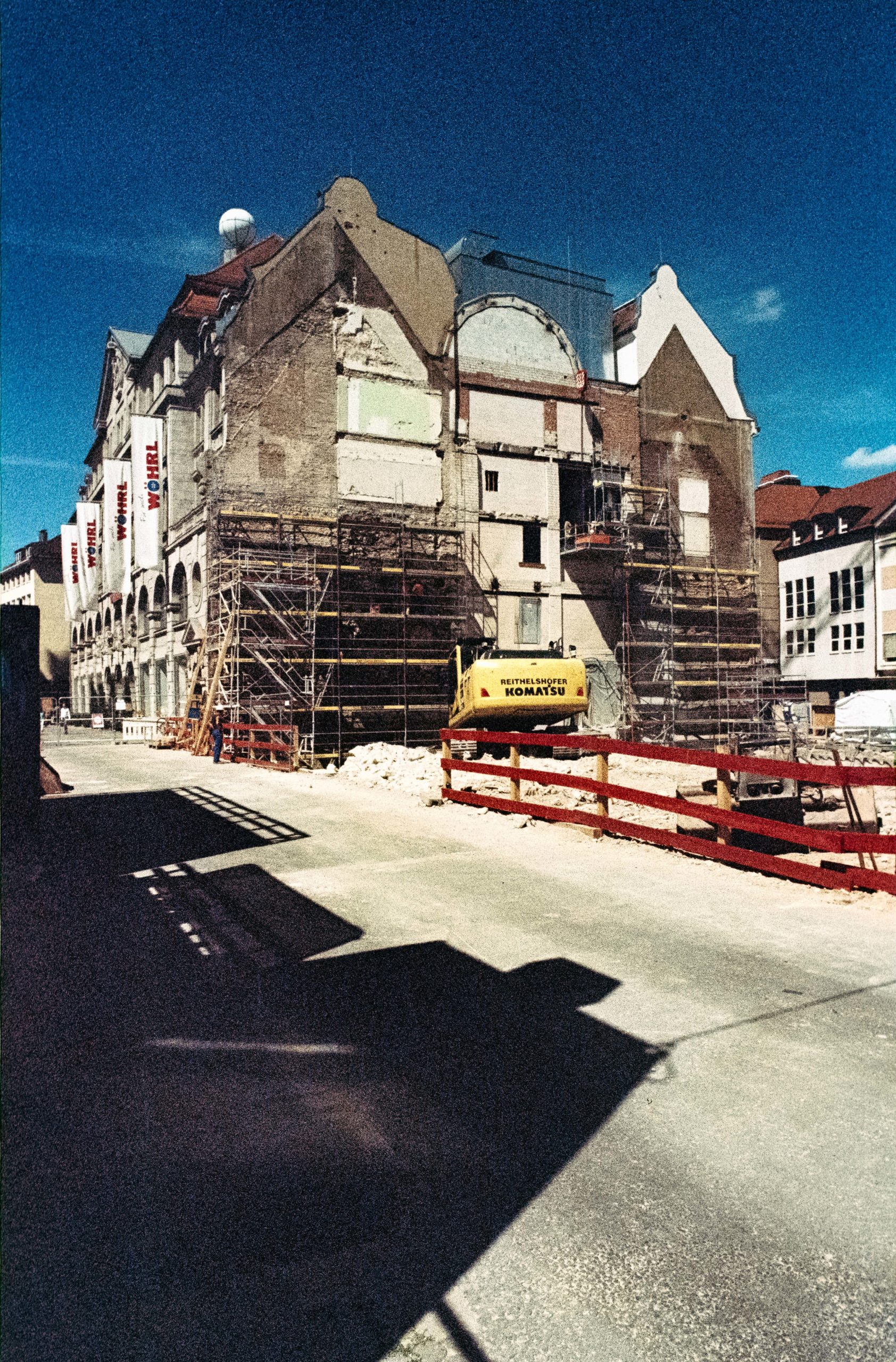
Badly stored 135 Kodak Elitechrome 200, expired 2006 and shot at 200 and cross developed in C-41 (2020)
Other discontinued processes that can be reconstructed from available raw chemicals based on published recipes and trial and error tested formulas are the Agfa AP-41 reversal process for Agfachrome reversal films prior to 1984 and, albeit more difficult, some ORWO reversal processes, like ORWO C9165 and C5168. Results may vary considerably though and a basic knowledge of chemical safety is highly advisable, as well.
Generally, the safest bet is either black and white film, or color films that can natively be processed in C-41 or E-6 processes. Everything else bears a severe risk of total image loss.
Another crucially important factor to be considered is the previous storage of your expired film. Film stored in humid and warm conditions will deteriorate drastically faster than film stored cool and dry, or refrigerated and frozen film. Beware, however, that many sellers on Ebay or other platforms often exaggerate storage conditions, so be sure to take those notes with a grain of salt. In the end, you might pay an insane price for something worthless found on an attic.
If you only have a single roll of film, your best bet is to bracket shots of higher interest and hope for the best. A guide for specific film types can be found beneath. In case you have more than one roll, it is highly recommended that you try it beforehand. To do so, bracket exposures under different conditions to see how the film reacts and develop nominally. This will give you a basic understanding of how the film will react and what (artistic) choices you are left with.
If your film has lost speed (resulting in noticeable underexposure), you may consider overexposing and/or pushing it. Make sure not to overexpose reversal film though. If your film has developed a substantial color-cast, either correct it in post processing in a hybrid workflow, or use the color cast intentionally as embedded “color filter”. Especially slide films that have retained a good D-max but have shifted to purple or magenta casts are suited excellently for sunset scenes, emphasizing and exaggerating the evening light. Some cases, however, are hopeless. The best you can do here is either throw away the film, or try to salvage an image through cross-processing. This works best with slide films though.
In the adjacent example, a previously tested roll of 135-36 Kodak Elitechrome 200 reversal film that expired in 2006, but was badly stored, was shot at box speed and simply processed as a negative in C-41 chemistry. Compared with a slide from the same batch of film, the negative has good density and interesting color as opposed to the slide, which had a low DMax and an unpleasant slightly pink cast.
Color Reversal Film (E-6)
Often enough, people claim old slide film mysteriously had not worked. They could not observe any image, even though they amply overexposed the film by a few stops, as advised by the “one stop per decade” “rule of thumb”, ubiquitously proliferated all over the internet. The error, however, is not with the film, but with the photographer. To understand why, and to avoid future waste of film, it is important to understand how the color reversal process works:
A color reversal film displays a positive “see-through” image with true to scene color rendition. The emulsion usually consists of three to four layers, differently sensitized to be exposed by the primary colors of light: red, green, and blue, as well as by white light, a mix of all. Non-primary colors are recorded as a mix of the primary colors in the respectively sensitized layers. To form the final image, obviously, the development of the latent image is necessary.
Developing a slide, at first, is very similar to developing black and white film: In the first stage of the process, a black and white, metallic silver negative is developed in all color layers, resulting in a negative image visible on the film. No color is formed yet, though. Then, the film is reversed, either by chemically fogging it, or re-exposing it with light. This leads to the formation of silver grains on the rest of the emulsion, not previously exposed, in the next step, the color development. Because the original negative is already formed from the first developer, no more silver grains can form there, allowing silver build up only in those areas previously undeveloped, e.g. the positive.
During color development, the color developing agent CD-3 forms subtractive color dyes in each layer of the emulsion, in proportion to the amount of silver that has formed there. Hence, a completely overexposed area on the slide will result in a dense black patch on the negative developed in the first stage, which will result in no further silver build up and thus no development during the color development stage. Thus, the overexposed area will be blank; in other terms: plain white.
After the color development, in order to see the actual slide, the film has to be bleached and fixed. Bleaching reduces the formed metallic silver grains back to silver halides that can be removed from the film by fixing it. After stabilization and drying, the finished slide will thus contain no silver, and be a chromogenic image comprised of tightly packed clusters of color dyes.

1978 expired Ektachrome E200 (120), shot at Ei. 200, processed standard e-6 (2019)
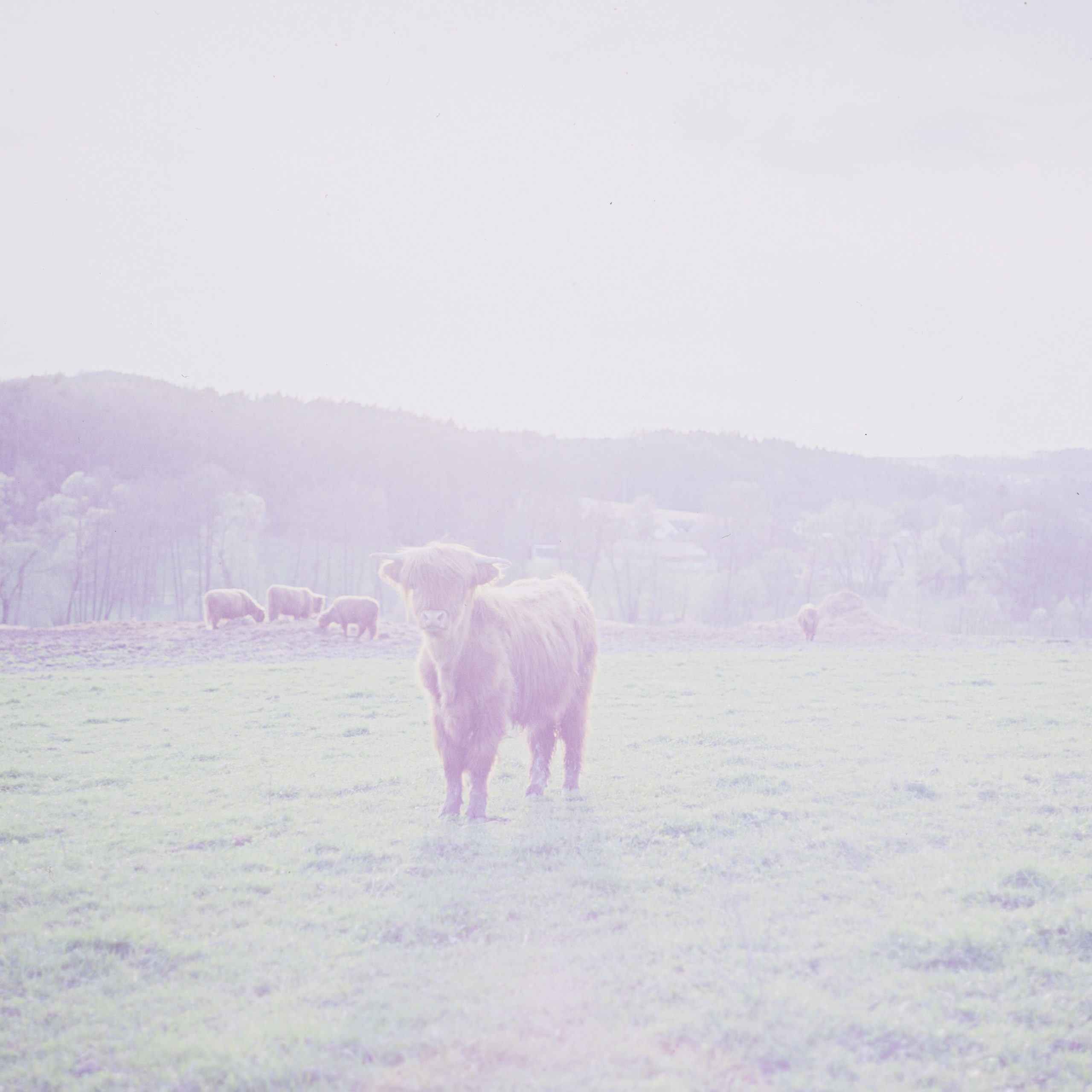
Ektachrome 100HC, expired in 2003, shot at EI. 64: Effects of Overexposure. (2018)
While the foregoing explanation may seem overly technical for some, the lesson to take away from it is, that, more light will result in less of an image. For this reason, it is important not to overexpose color reversal film, even if your gut feeling tells you that maybe you should give a few extra stops of light to a 1978 expired slide film. Shoot at box speed, and you might be surprised. However, with films of that age, there is really no way to predict the outcome other than to just try it out. Following the “one stop per decade rule” though, would have resulted in +4 stops of overexposure, which would have left the film completely clear.
Severe (over +1 stop) overexposure can result in total image loss with slide films. For best results, expose at box speed. Do NOT apply the “one stop per decade” rule for slide films!
Should color reversal film lose some effective speed, in general it is better to push it one stop in development than to overexpose it one stop in camera. Generally, slide films tend to lose little speed in normal storage conditions, since the image itself is captured as a black and white negative developed in a highly active first developer at high temperature. For films stored two decades in the trunk of a car in southern Spain, there are no guarantees whatsoever, though.
If you are totally unsure whether the film will work or not, but need or want to retain at least some viewable image, it is advisable to cross-process slide film in C-41 chemistry and to develop it as a negative. In case you accidentally overexposed the slide film by a good measure, cross-processing will be the only option to retain an image. Developing the film as a black and white negative though is not advisable, as it generally will not yield remotely acceptable results.
Color Negative Film (C-41)
Color negative film generally tolerates severe overexposure, as opposed to reversal film. Here, the principle applies, that in doubt, overexposure is better than underexposure. However, the best exposure is a correct one. Again, if you only have one roll of a certain film to shoot, you´re down to good luck and ample light. In this case, you can apply the “one stop per decade” rule with good conscience and hope for the best. Another option, which generally yields better results is to expose one stop less from the total stops per decade, and instead push one stop in development. Especially with somewhat more “modern” films, this will result in better tonality and more pleasant grain, since these films often contain so-called “DIR” (developer inhibitor releasing) couplers, that act as a restraint against excessive overdevelopment.
If you´re not sure how the film will react, better shoot brightly lit daylight scenes instead of darker, or perhaps even night scenes, since reciprocity failures might unexpectedly occur. This may be due to the fact, that some emulsions have several layers sensitized for one primary color, but with different actual light sensitivity. These layers might deteriorate unequally, thus resulting in an increased speed loss in the more sensitive layers leading to less recorded exposure in the shadows. In scenes with much available light this is not a big deal, but in low-light situations it can lead to unexpected underexposure due to random reciprocity failure. To counter this phenomenon, it is advisable to overexpose more in low light situations. Setting up any rule for this would, due to the random nature of the reciprocity failure, be completely arbitrary, but in many circumstances an exposure correction by an additional stop for darker scenes has shown to sufficiently counteract the speed loss in the shadows.
To exemplify this: Let´s assume the film we use is 1990 expired Vericolor III S with a box speed of 160. The film expired 30 years ago. We decide to shoot it at EI. 80, for practical reasons, and push it 2 stops in development afterwards. In brightly lit scenes, this may work perfectly, but a darker scene might suddenly be underexposed although it shouldn´t be. This is where the random reciprocity failure might kick in.

120 Kodak Vericolor II S, expired 1984, shot at EI. 64 and pushed two stops. (2017)

120 Kodak Vericolor II L, expired 1980, + 85B rated at EI. 50, shot at EI. 25 due to filtration compensation and pushed two stops. (2017)
To counter this, we simply add another stop to our metered exposure time like so: 1/60 at F 3.5 + 1 Stop = 1/30 at F 3.5. Alternatively, you can of course open up the aperture, if possible. Exposures longer than 1 second usually require logarithmic corrections though. A good starting point here is to take your metered exposure to the power of 1.3, like so: 4s at F 3.5 to the power of 1.3= 6s at F 3.5; while 25s at F3.5 with the same factor will be 66s corrected. Generally, long exposures on very old film are not advisable since normal reciprocity failure will most like occur as well and lead to too many variables to effectively be able to control or predict anything.
It is important to understand though, that while these guides may work, they may not work as well and leave you with an underexposed image. The presented guide is no “rule” but merely a scaffold based on values of experience with expired material. The properties of expired film are highly unpredictable, and in the end, a good result is always based in part on good luck. Generally though, the faster a film is, the more speed it will effectively lose during non-refrigerated long term storage.
If you have more than one roll of a particular film, however, it is always beneficial to “waste” a few frames with bracketed shots to see how the film reacts. This roll should be processed normally. Afterwards, you then can make more qualified assumptions on how to proceed with shooting the rest. Moderate overexposure combined with push processing, in our experience, yields the overall best results with expired color negative film though.
While there is no certainty to why this may be, an educated guess would be that the interplay of moderate overexposure, resulting in overlapping and thus tighter dye clouds, which in turn create an appearance of less grain, combined with the DIR coupler activity and push processing helps to retain a good image. A certain explanation for this, however, belongs more in the realm of chemists, than photographers.
Black and White Films
Of all expired films, black and white films can be used somewhat predictably, since they tend to overall age better than their color counterparts. A crucial factor with black and white films, though, is the right choice of development, both in terms of chosen developer and development method. On average, based on experience, black and white films tend to lose relatively little sensitivity, especially slow and medium speed films. With higher-speed films, overexposure by 1/2 to 2 stops should be sufficient with films not older than 30 years. Too much overexposure, however, would most likely result in a loss of image tonality and increased, blotchy grain.
As mentioned above, the key to success with black and white films is the right choice of developer. While many recommend stand development in Rodinal diluted to 1+100 or higher, this might lead to bromide streaking and uneven development for a lack of agitation during processing. In most cases, another approach seems more feasible and effective: For most standard films, a shorter development time at a slightly higher temperature yields the best results; especially, when developers like HC-110, which employ a potent restrainer, or anti-fog agents like a 1% Benzotriazole solution mixed into the developer are used. For convenience, especially for older black and white films, we recommend a short processing in HC-110 dilution B (1+31) at 23°C/ 73F for no longer than 7 minutes. This ensures that potential base fog has no time to build up gradually, and through the higher temperature, development should be active enough to compensate potential minor speed losses.
Again, as with all other film types previously discussed, if you have more than one roll, perhaps a whole brick or more, make sure to test out the film with exposure brackets under various conditions. If you know how the film will probably behave, you can not only limit the risk of failure and subsequent image loss, but also will gain a better understanding of how to best use the film. You will get the best results out of any expired film, when you know where to use, and where not to use it. Not only will this spare you from potential frustration, but it might also help you become a better photographer, because previsualization and conceptual thinking are keys to successful photography.
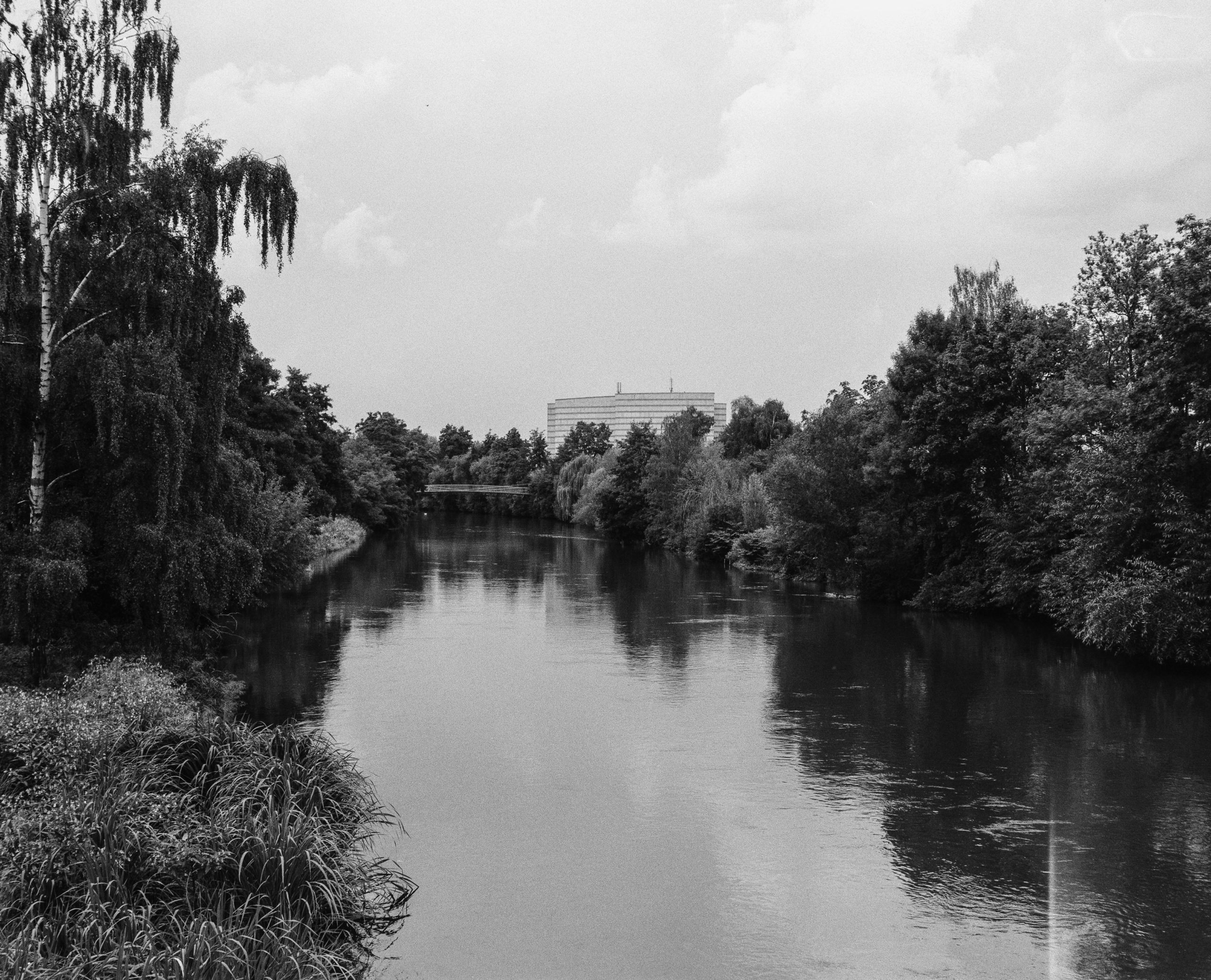
Agfa APX 400 (120) expired 2005, shot at EI.400 (2017)
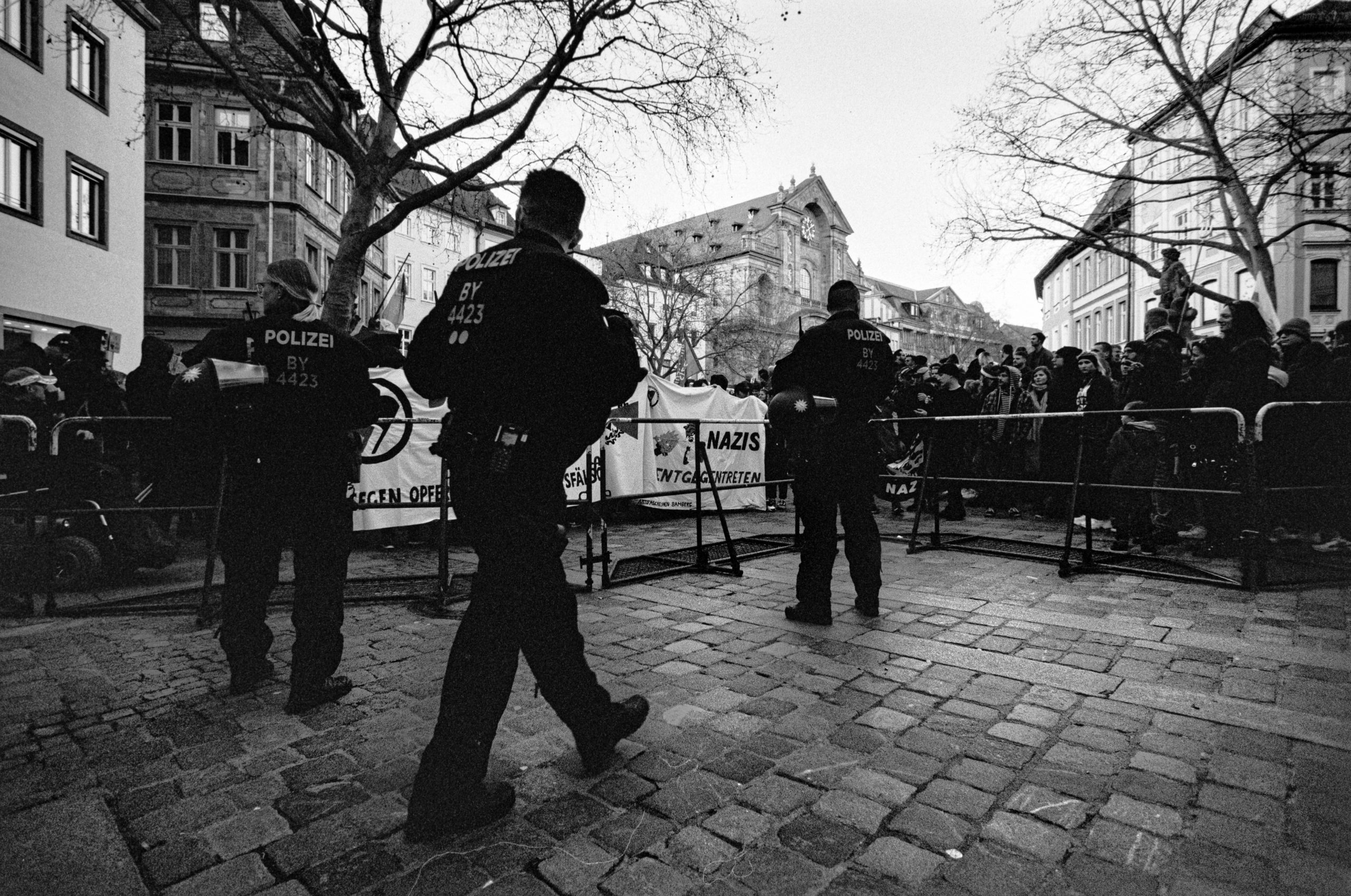
135 Kodak T-Max 100, expired 2006, EI. 800; pushed +3 stops in HC-110B at 23°C for 13 Minutes; (2020)
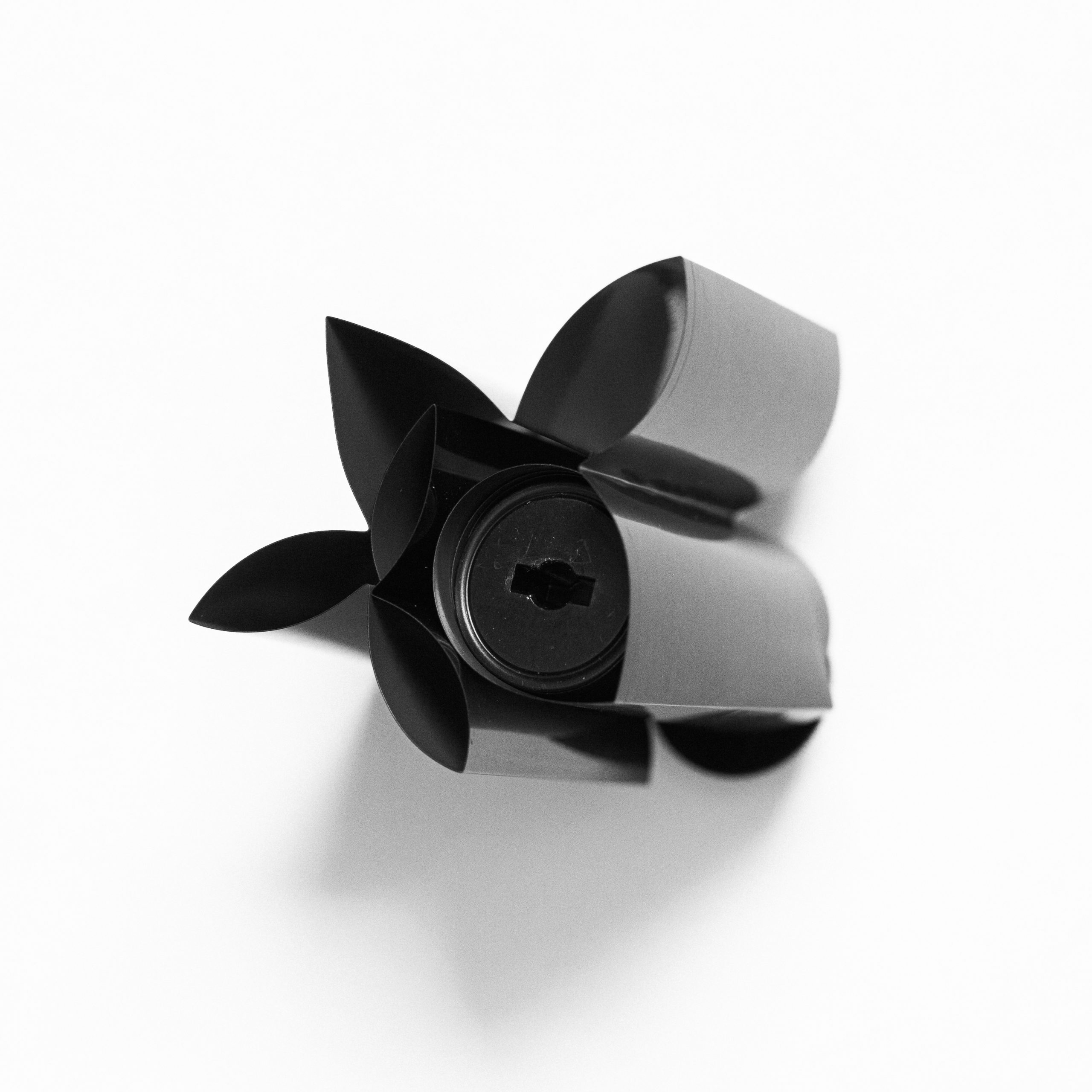
FUJICHROME RDPII, expired 1996: Brittle adhesives led to a fold up in camera
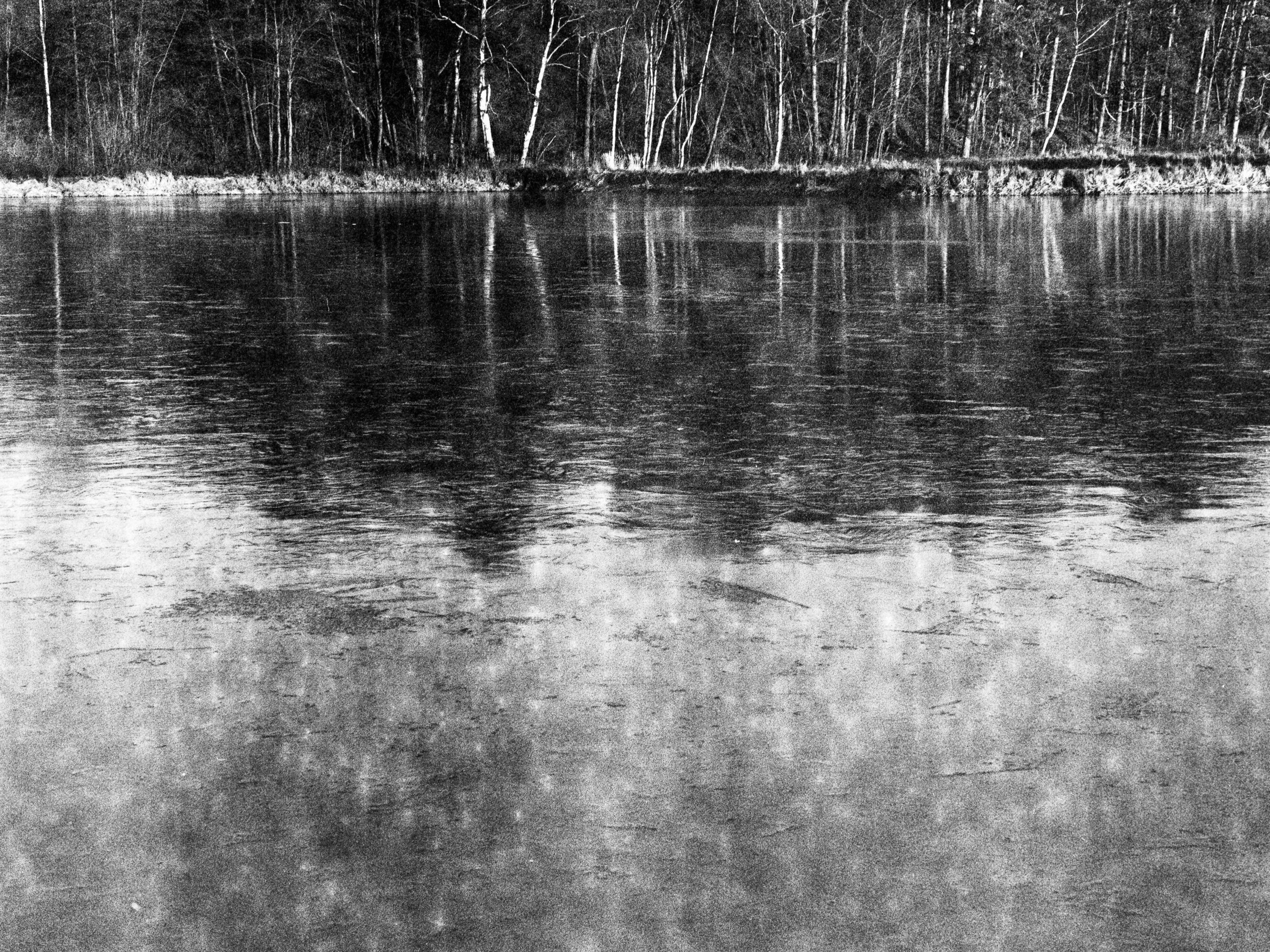
Ilford Delta 100, expired 2000, rated at EI. 400 and pushed 2 Stops in HC-110B; Mottling and backing paper marks
At a Glance
Expired color reversal films should be exposed at box-speed, even if they are decades old. The widely circulated “one stop per decade” rule of thumb is not universally applicable, and might, for the way slide films work destroy the image. In case of mild overexposure, reducing the development time might be beneficial. In case of severe overexposure, cross process the film in C-41 chemistry to retain an image.
Expired color negative film can be overexposed, but generally a mix of both overexposure and overdevelopment yields better results. If in doubt, overexposure is favourable to underexposure. However, a “global” overexposure might not be enough, because of random reciprocity failures in more sensitive emulsion layers which are important for shadow recording in dimly lit scenens, these could require more light than a brightly lit motive.
Black and white films are generally less prone to speed loss and deteriorate slower than their color counterparts. With black and white materials, development is key, and a developer with a strong antifoggant or restrainer, like HC-110 for shorter times at slightly higher temperatures is more likely to yield good results.
When buying our sourcing expired film, make sure to know exactly what you get, because in the end you might get a film requiring a defunct process no longer available in any form.
Peculiarities to Consider
To conclude this guide on expired film, a few last considerations and remarks should not be left out. First and foremost, expired film, regardless of how well you are prepared or how experienced you may be, might be utterly disappointing. Even when four rolls out of an expired five-pack turned out perfectly fine, the fifth might not, and might ruin your shot or shoot. One not unlikely thing to happen is, that some rolls might develop mold or reactions with the backing paper, while others won’t. There is no definitive way to predict the outcome. If you are aware of that, and decide to still shoot something important with expired film, perhaps for the look, or for creative utilization of a specific fault the film might have, by all means go ahead with it. The gains, both creatively and conceptually – if done right – have potential.
However, if your goal is to accomplish a shoot with a predictable outcome and should you rely on the results, do not be disappointed if something goes wrong. In the end, expired film is a gamble and the price to pay might be going home without an image at all. If it’s worth the risk, is up to you. This guide is meant as a reference of what can be done to reduce variables when shooting old film. It is no manual though and not a rulebook; because there can be no rulebook for unpredictability. After all, trial and error are your best friends here. If you want guarantees, buy a toaster. If you want predictability, buy fresh film.
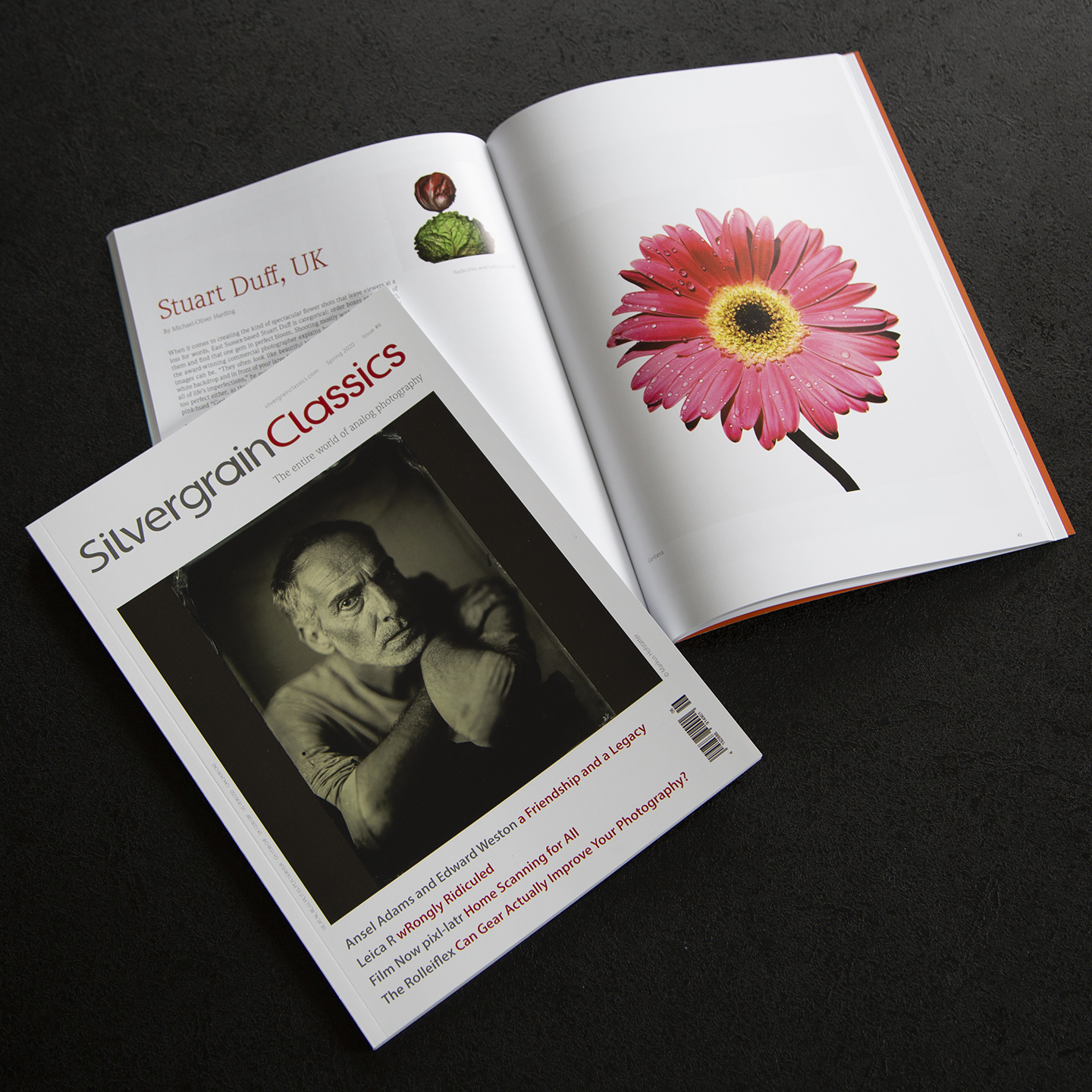
YOU PREFER PRINT?
You might be interested in our quarterly journal then. SilvergrainClassics is the world’s first truly global print magazine covering the entire world of analog photography. If you want to learn more, please click the button below.
